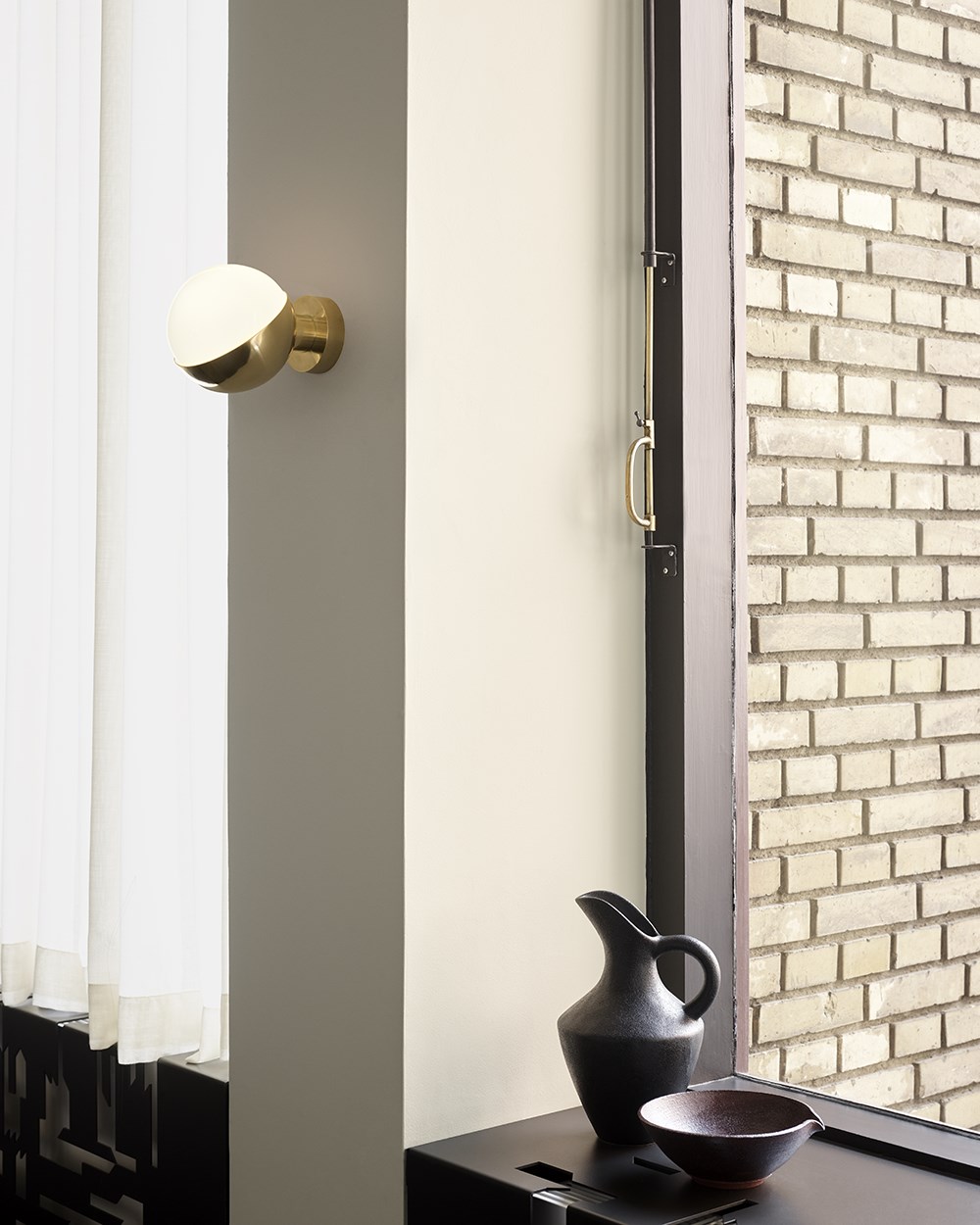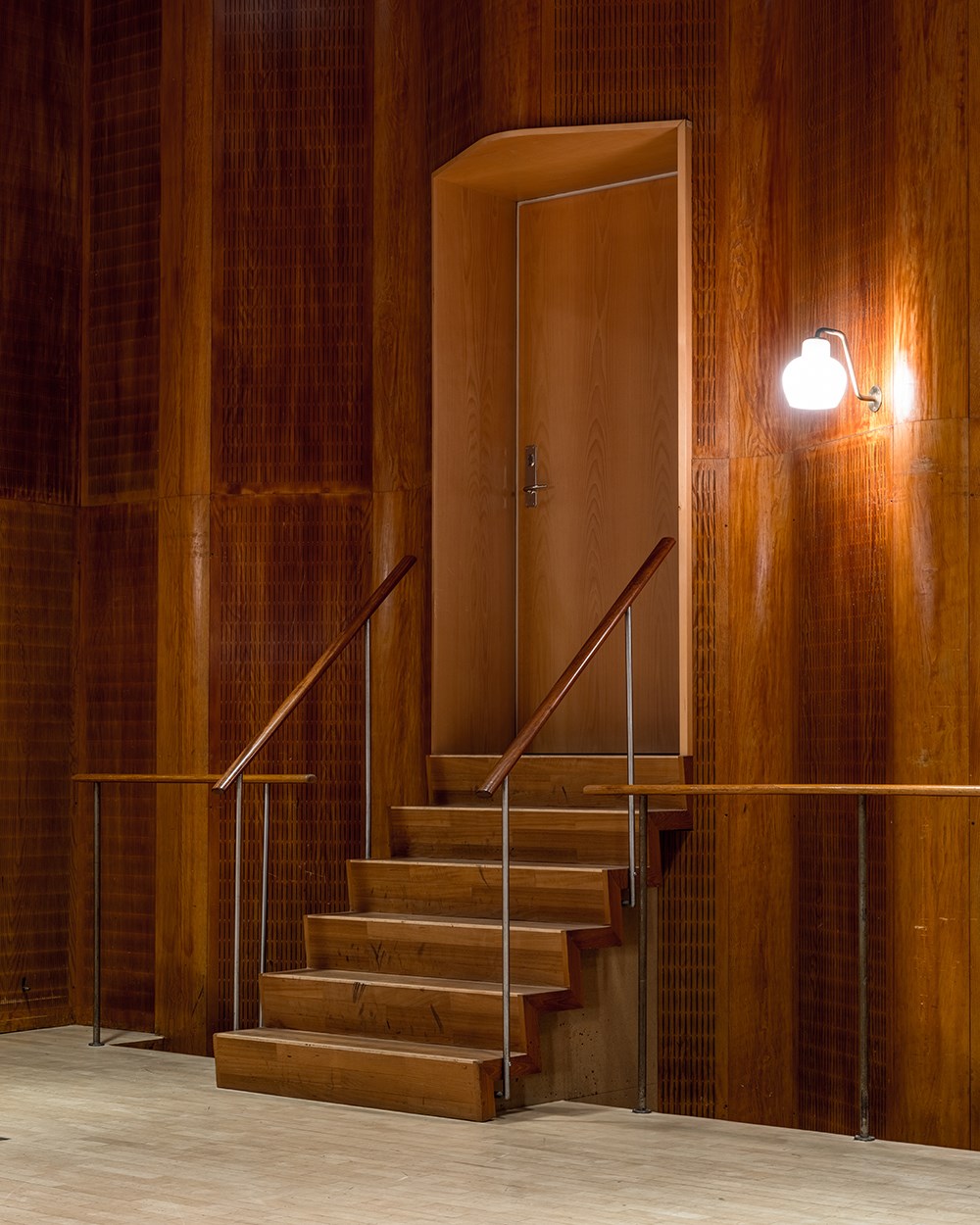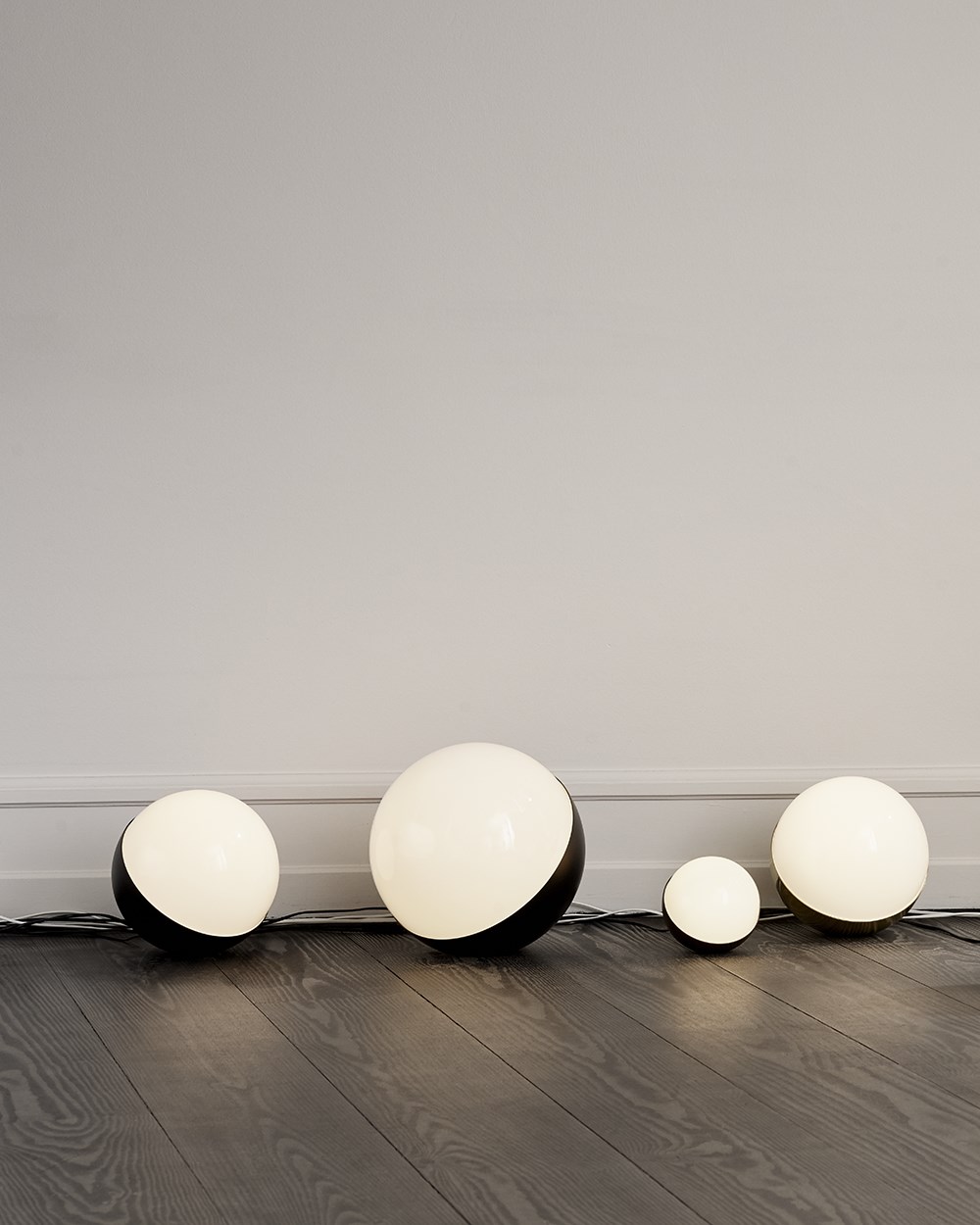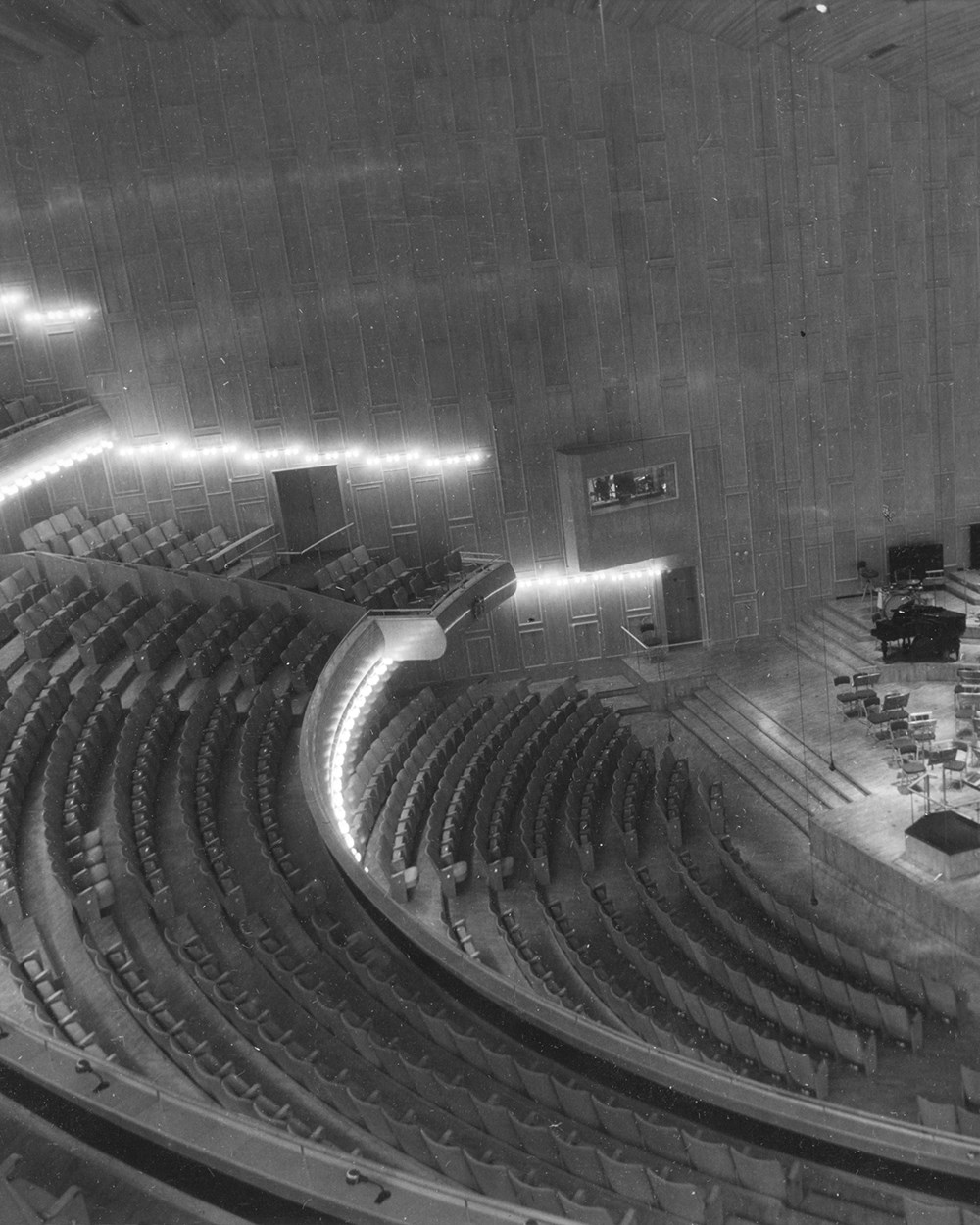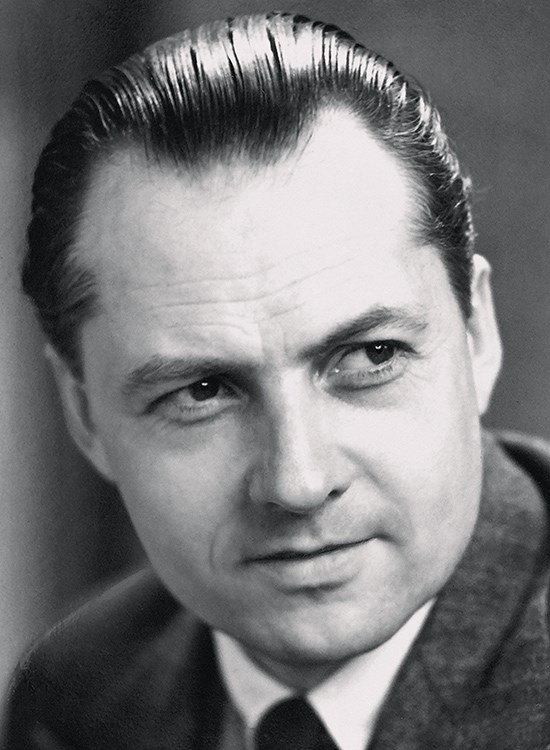

A figurehead of functionalism
Vilhelm Lauritzen credited his design style to the principles of 1930s functionalism believing that every element of the design should work to serve a purpose. This is clear in many of his works, where choices were made not only for their beauty but also taking their intended use into consideration.
“We had to find a design language that, in an honest way, met all of the requirements for the building’s function”.
Many of Lauritzen’s designs were ‘gesamtkunstwerks’, buildings for which he designed both the exterior and interior, focusing even on the smallest details. The result was that functionalism was present throughout these buildings. This was also the case at Folkets Hus in Copenhagen, known as Vega today, where Lauritzen designed every detail, including the VL 56 Pendant which to this day hangs above the bar, located adjacent to the main concert hall.
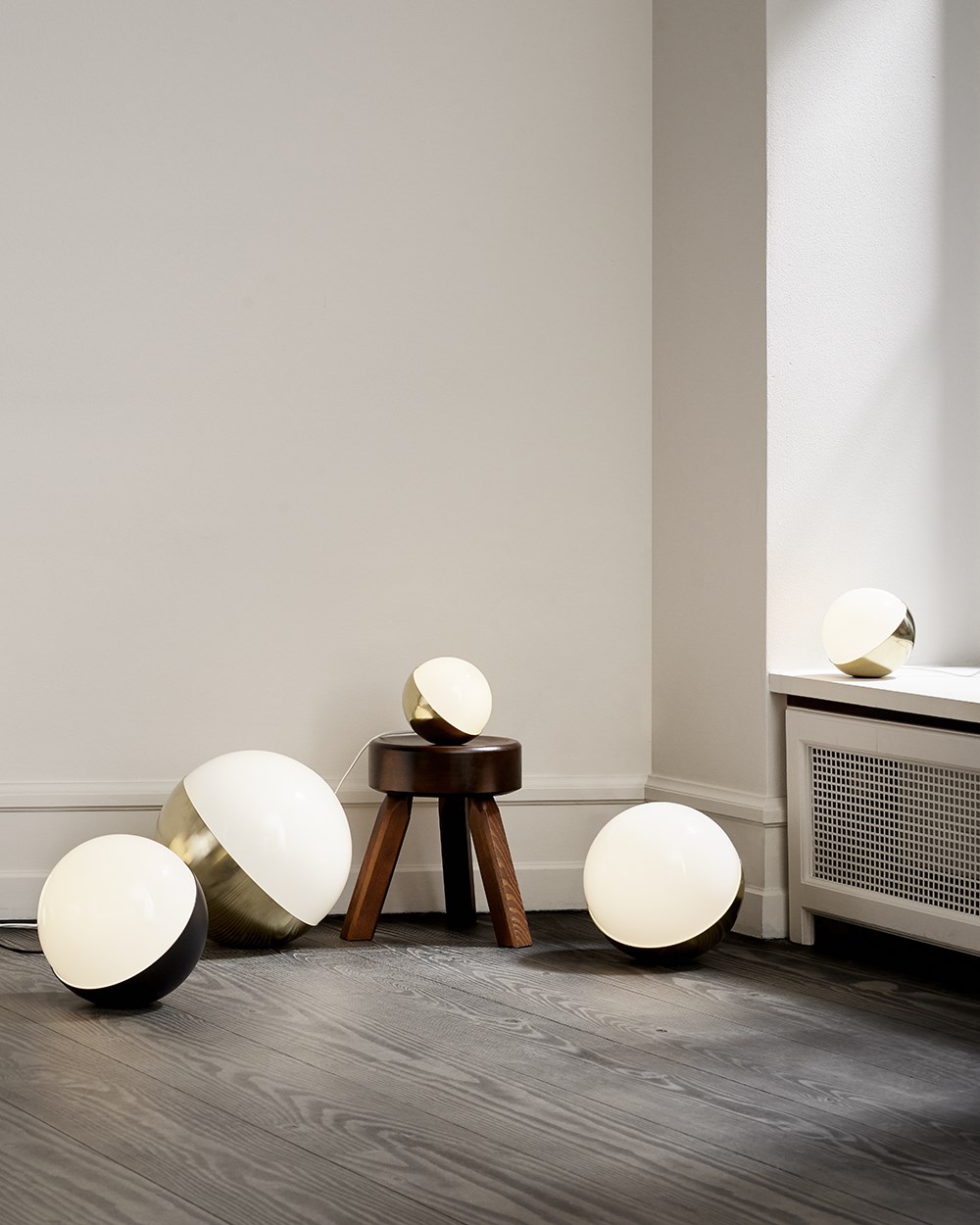
No life without aesthetics
Vilhelm Lauritzen believed that architecture is applied art. This belief, combined with his functionalist style can go some way towards explaining the refined beauty of many of Lauritzen’s gesamtkunstwerks and the luminaires within them.
Contemporary design
Vilhelm Lauritzen’s designs are clear representations of the contemporary essence of the time in which they were designed, in fact Lauritzen once said: “I really appreciate old buildings, so much so that I couldn’t bring myself to try and replicate them. One cannot build a modern house with a historical face. We can take beautiful things and specific places into consideration, but new buildings should look new, and old, old.”
Radiohuset, the home to the Danish Broadcasting Company, is arguably Lauritzen’s most famous work, and has been described as a primary work in the era between functionalism and modernism. It is clear to see why, the impressive gesamtkunstwerk is home to some of the most beautiful materials, such as marble from Greenland on the facade, dark mahogany wood in the interior and the classic brushed brass and opal glass of the VL 45 Radiohus Pendants that adorn the rooms.
